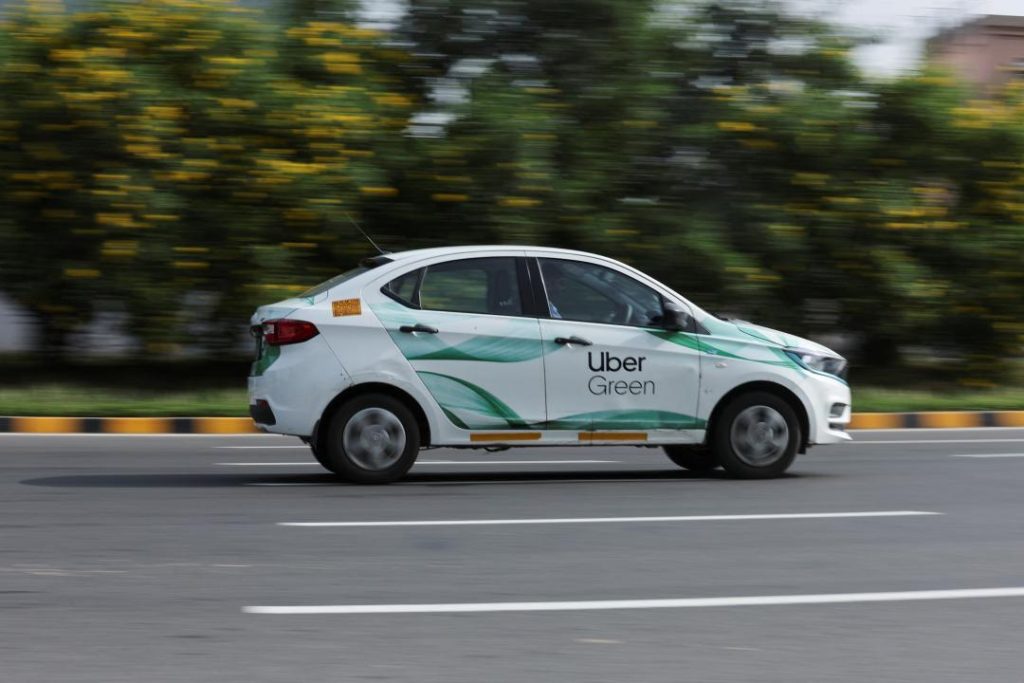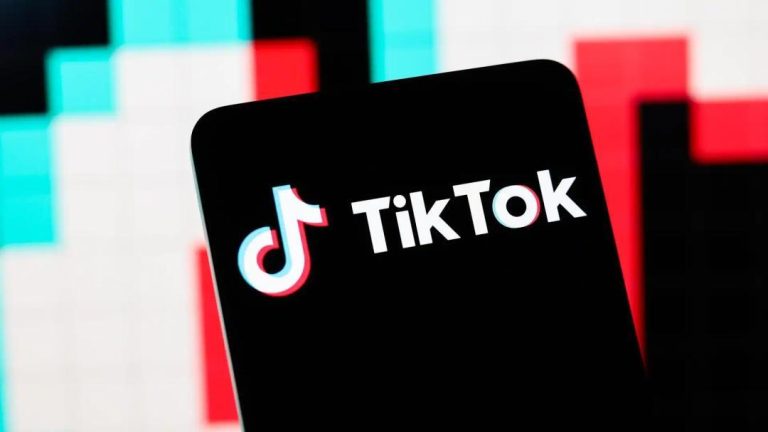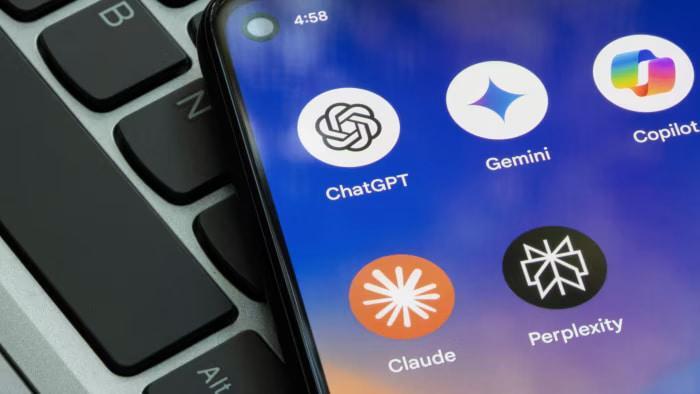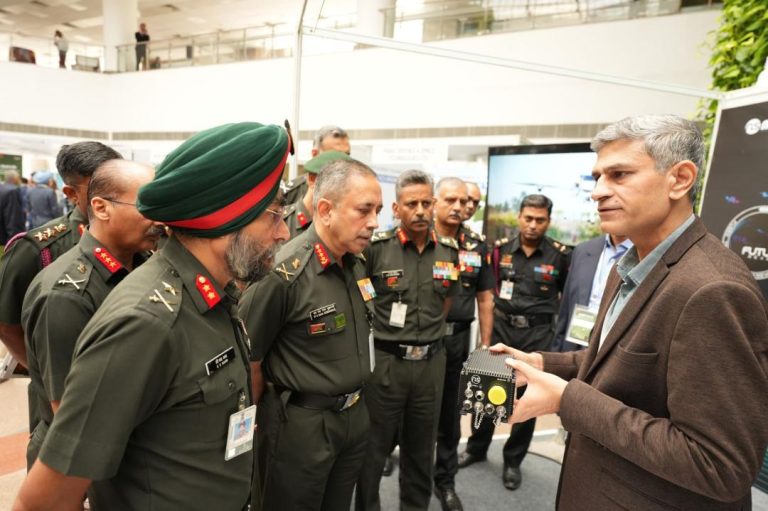
Why are Ola, Uber & Rapido drivers on indefinite strike in Mumbai?
The streets of Mumbai are witnessing a unique phenomenon lately – an indefinite strike by drivers of popular ride-hailing companies like Ola, Uber, and Rapido. The strike has resulted in longer wait times and fewer cabs on the road, causing inconvenience to commuters. But what led to this strike, and what are the drivers demanding? In this blog post, we’ll delve into the reasons behind the strike and the demands of the drivers.
As reported by NDTV, the drivers went on strike on August 12, citing unsustainable earnings and demanding better remuneration. According to the drivers, after deducting aggregator commissions and fuel expenses, their actual income falls to just ₹8-12 per kilometre. This, they claim, is not enough to cover their rising fuel and maintenance expenses. The strike has been ongoing for over a week now, with no signs of a resolution in sight.
The strike has been a major disruption to the city’s transportation system, with many commuters forced to wait longer for their rides or opt for other modes of transportation. The strike has also had a significant impact on the daily lives of thousands of people who rely on these ride-hailing services for their daily commutes.
So, what are the drivers demanding? According to reports, they are seeking an increase in their earnings, with some drivers demanding a minimum of ₹25-30 per kilometre. They are also demanding better working conditions, including improved maintenance facilities and medical insurance. The drivers are also seeking a reduction in the commission charged by the aggregators, which they claim is too high.
The strike has been supported by several organizations, including the Mumbai Taxi Union and the All India Taxi Association. These organizations have been demanding better working conditions and higher earnings for taxi drivers for years, and the strike is seen as a major blow to the ride-hailing companies.
But what are the reasons behind the strike? According to the drivers, the main reason is the unsustainable earnings. As mentioned earlier, after deducting aggregator commissions and fuel expenses, their actual income falls to just ₹8-12 per kilometre. This, they claim, is not enough to cover their rising fuel and maintenance expenses.
The drivers also claim that the commission charged by the aggregators is too high. According to reports, the commission can range from 20% to 30% of the total fare, which can leave the drivers with very little earnings. The drivers are also seeking a reduction in the commission to make their earnings more sustainable.
The strike has also been triggered by the changing dynamics of the ride-hailing industry. With the rise of new players like Rapido, the competition has increased, and the drivers are finding it harder to earn a decent living. The strike is seen as a major blow to the ride-hailing companies, which have been accused of exploiting the drivers.
In response to the strike, the ride-hailing companies have been trying to negotiate with the drivers. According to reports, Ola has offered to increase the earnings of its drivers, while Uber has promised to improve the working conditions of its drivers. However, the drivers are not satisfied with these offers and are demanding more.
The strike has also raised questions about the regulation of the ride-hailing industry. While the aggregators have been accused of exploiting the drivers, they have also been accused of flouting traffic rules and causing chaos on the roads. The strike has highlighted the need for better regulation of the industry, with the government promising to take steps to improve the working conditions of the drivers.
In conclusion, the strike by Ola, Uber, and Rapido drivers in Mumbai is a major disruption to the city’s transportation system, and it highlights the unsustainable earnings of the drivers. The drivers are demanding better remuneration, improved working conditions, and a reduction in the commission charged by the aggregators. The strike has been ongoing for over a week now, and it remains to be seen how it will be resolved.






